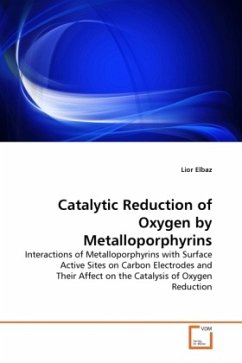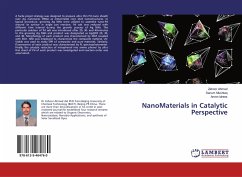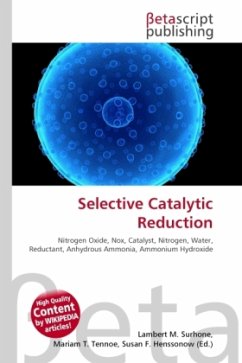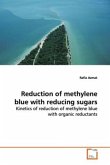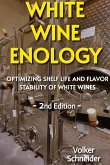Fuel cells require electrodes with high surface area in order to produce high currents. Conventional fuel cell electrodes consist of carbon powder with a catalyst (Pt in the case of the cathode), and an adsorbed polyelectrolyte (usually Nafion) compressed on carbon paper. In this work, we describe a new concept based on the incorporation of non-noble metal based macrocyclic catalysts in porous electrodes for the oxygen reduction reaction. The non-noble metal based macrocyclic catalysts used in this work are cobalt porphyrins, which have raised a lot of interest in chemical research and have been proposed as catalysts for oxygen reduction in various reports. These porphryins are incorporated in porous aerogel carbon. The metalloporphryins studied in this work appear to interact with redox active quinones which can be found on the surface of most carbon supports. The nature and the affect of this interaction on the catalysis of oxygen reduction are described in this book.

